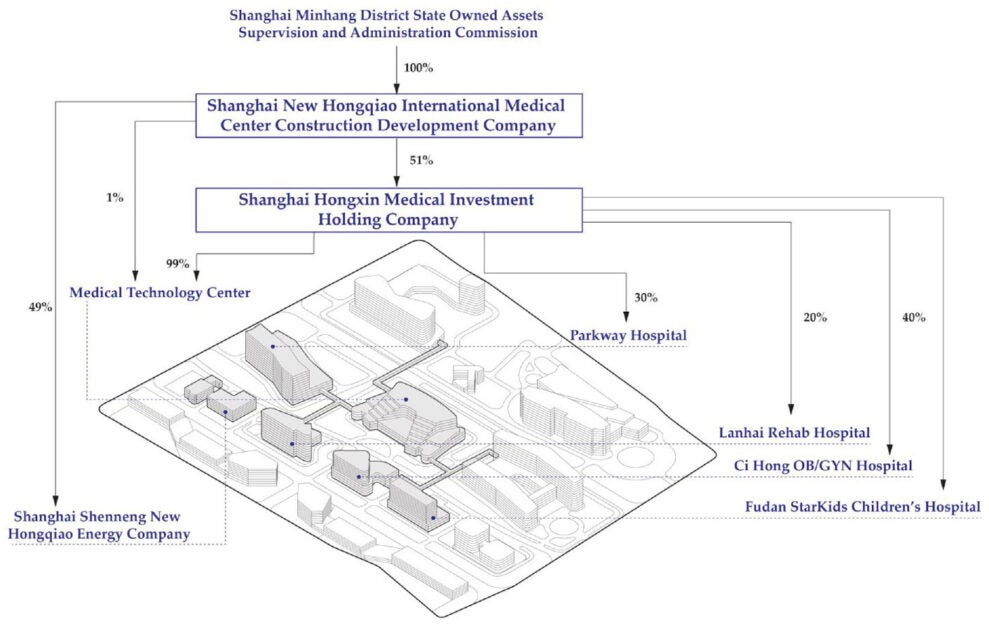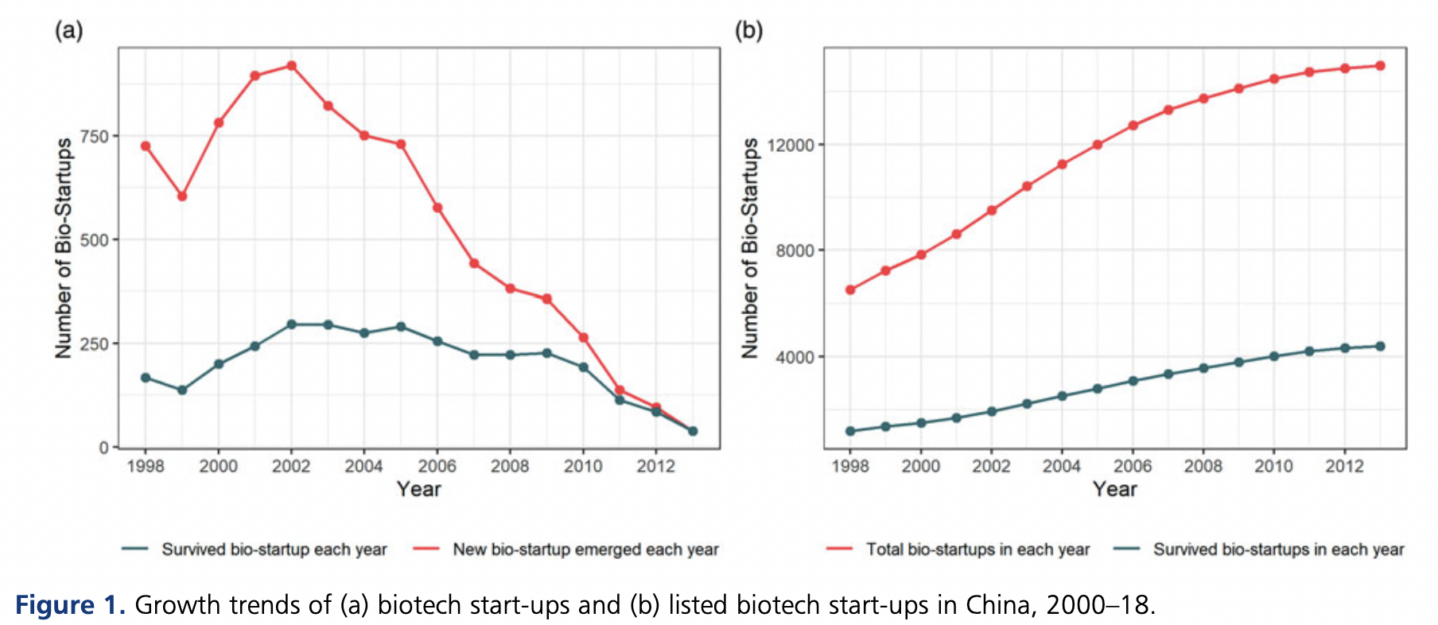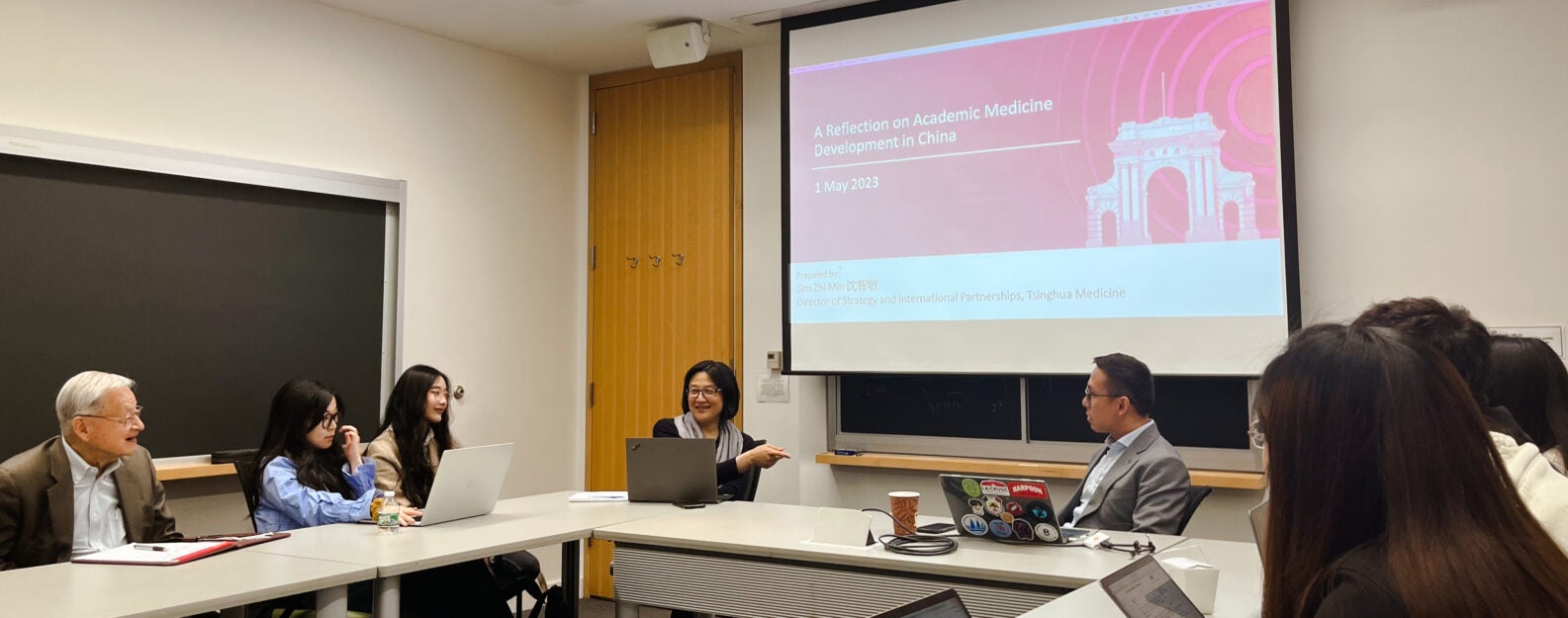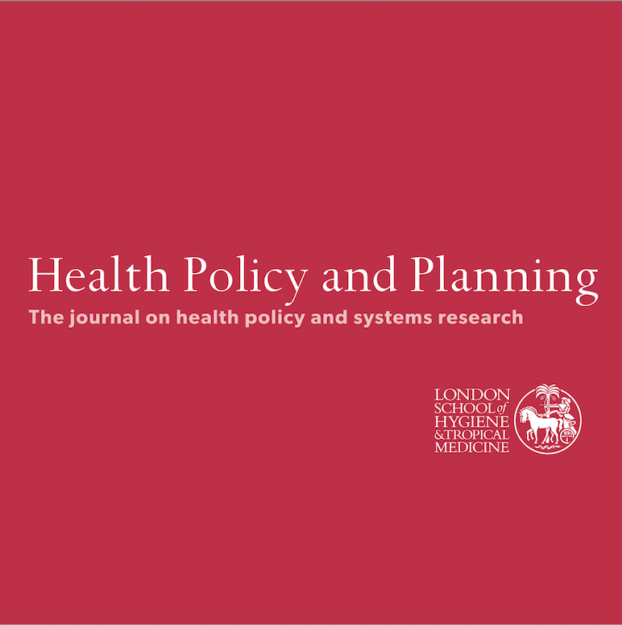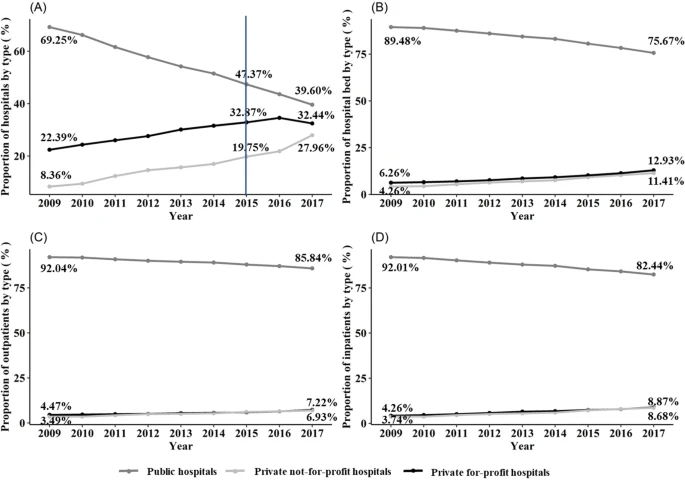Abstract The role of hospitals has significantly changed over the past decades and the ‘medical city’ has emerged as a new urban phenomenon in China. However, research on the significance of the medical city to China’s urbanism is limited. This paper situates China’s medical city in the theory of state entrepreneurialism and rethinks consumerism in healthcare. Particularly focussing on the state–market and production–consumption dyads, the paper argues that the state…
New Publication: Medical institutions in the geography of innovation: evidence from public tertiary hospitals and biotech start-ups in Chinese cities
Abstract Concerning China’s growth in biotechnology, the research on biotech start-ups in China yields significant implications. However, studies have not given enough attention to hospitals, which are critical players in the biotech industry. Because of the hospital-centric healthcare system, public tertiary hospitals in China are important partners for biotech start-ups. This study investigates the geographical relationship between public tertiary hospitals and biotech start-ups in Chinese cities. The findings suggest evidence…
New Publication: Third-child fertility intention and its socioeconomic factors among women aged 20–34 years in China
Summary Background The low birth rates and rapid population aging has drawn considerable attention in China. In 2021, China launched the policy and supportive measures that allow up to 3 children per couple. This study aims to explore the influencing factors of the third-child fertility intention among women aged 20–34 years in China. Methods We draw data from the National Fertility Survey conducted in 2017. The nationally representative survey adopts…
CHP Seminar – Academic Medicine Development in China: Prospects and Challenges (Zhi Min Sim)
On May 2nd, 2023, the Harvard China Health Partnership invited Zhi Min Sim to discuss ongoing developments of academic medicine in the context of China’s healthcare system and reform. Zhi Min is the Director of Partnerships and Strategy at Tsinghua Medicine — Tsinghua University’s newly formed academic medical center overseeing five Tsinghua constituent schools and three affiliated hospitals. He reflected upon the lessons learned in his role and what challenges…
New Publication: Expanding outpatient benefits package can reduce diabetes-related avoidable hospitalizations
Summary Background China has the largest number of diabetic patients in the world. The total number of adults with diabetes in mainland China is estimated to be 140.9 million, with an estimated 174.4 million in 2045 and an adult prevalence of 13.0 %. In 2021, diabetes-related health costs in China are as high as $165.3 billion, and the prevalence of diabetes in China continues to grow. If patients have access…
Challenges Confronting China’s Healthcare System Post-COVID: A conversation between Winnie Yip and William Hsiao
The Fairbank Center for Chinese Studies organized a seminar event on March 29, 2023 entitled “Challenges Confronting China’s Healthcare System Post-COVID,” featuring Dr. Winnie Yip, Faculty Director of the Harvard China Health Partnership, and Dr. William Hsiao, Emeritus K.T. Li Professor of Economics at the Harvard T.H. Chan School. They discussed the latest set of healthcare priorities and policies announced by the Chinese government since the country’s recent shift in…
New Publication: Understanding medical corruption in China: a mixed-methods study
Abstract Medical corruption is a significant obstacle to achieving health-related Sustainable Development Goals. However, the understanding of medical corruption is limited, especially in developing countries. As the largest developing country, China is also plagued by medical corruption. By employing a mixed-methods design and combining data from three resources, this study attempts to examine patterns of medical corruption in China, explore its key drivers and investigate the perceived effectiveness of recent…
Continue reading “New Publication: Understanding medical corruption in China: a mixed-methods study”
China’s New Health Insurance Policies: A More Equitable System?
Recent reforms to health insurance policies in China have sparked protests in the cities of Wuhan and Dalian, with a majority of protesters being elderly people. Dr. Winnie Yip, Professor of Global Health Policy and Economics, spoke with reporters at NBC News to discuss how these reforms will affect China’s population, particularly its vulnerable groups. The primary concern of protestors is that allocating more employers’ health insurance contributions from individual…
Continue reading “China’s New Health Insurance Policies: A More Equitable System?”
New Publication: The relationship between hospital ownership, in-hospital mortality, and medical expenses: an analysis of three common conditions in China
Summary Background Private hospitals expanded rapidly in China since 2009 following its national health reform encouraging private investment in the hospital sector. Despite long-standing debates over the performance of different types of hospitals, empirical evidence under the context of developing countries remains scant. We investigated the disparities in health care quality and medical expenses among public, private not-for-profit, and private for-profit hospitals. Methods A total of 64,171 inpatients (51,933 for pneumonia…
Disparities in China’s Urban and Rural Healthcare
In an interview with Drum Tower, a podcast by The Economist, Dr. Winnie Yip discusses the historical disparities between the quality of urban and rural healthcare in China—particularly for primary care—and what the Chinese administration has done in recent decades in response to these issues. One of Dr. Winnie Yip’s primary areas of expertise and research is in understanding health system reform in rural China, including the role of “barefoot…
Continue reading “Disparities in China’s Urban and Rural Healthcare”

